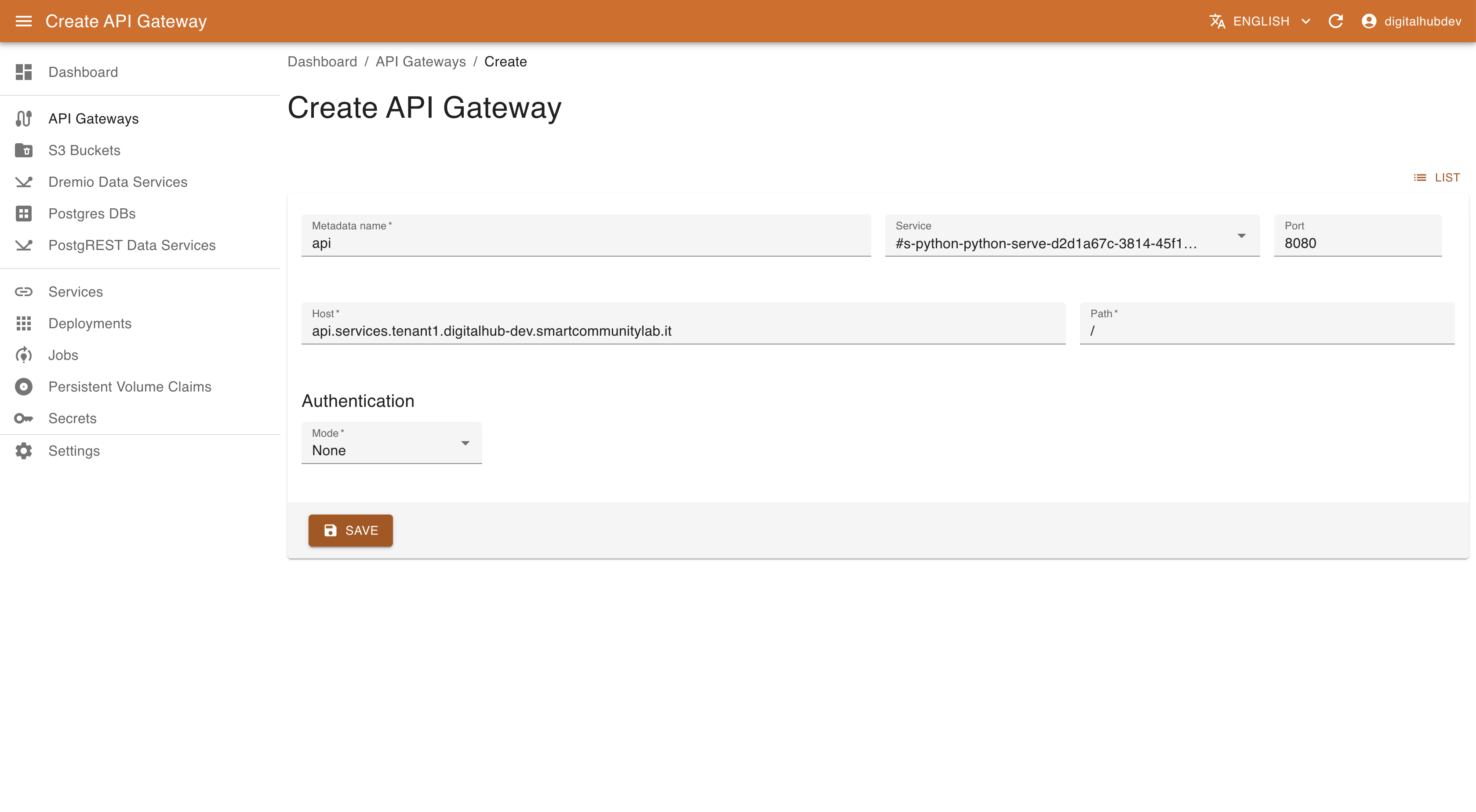Deploy and expose the model
Deploying a MLFLow model is easy: mlflowserve runtime supports this functionality out of the box. It is sufficient to specify the path to the model artifact and optionally the name of the model to expose.
It is important to note that the path should point to the folder, where the MLFlow MLModel artifact is placed. If the model
is created from MLFlow run artifact path, besides the model folder it may contain additional artifacts.
Register it and deploy:
func = project.new_function(name="serve_mlflowmodel",
kind="mlflowserve",
model_name="mlflow_model",
path=model.spec.path + 'model/')
serve_run = func.run(action="serve")
You can now create a dataset for testing the endpoint:
from sklearn import datasets
iris = datasets.load_iris()
data = iris.data[0:2].tolist()
json={
"inputs": [
{
"name": "input-0",
"shape": [-1, 4],
"datatype": "FP64",
"data": data
}
]
}
Finally, you can test the endpoint. To do so, you need to refresh the serve run. This is needed because the backend monitors the deployment every minute and the model status, where the endpoint is exposed, is updated after a minute.
You can check the model status this way:
serve_run.refresh().status
When the attribute service appears, the model is ready to be used.
serve_run.invoke(model_name="mlflow_model", json=json).json()
Please note that the MLFLow model serving exposes also the Open API specification under /v2/docs path.
Create an API gateway
Right now, the API is only accessible from within the environment. To make it accessible from outside, we'll need to create an API gateway.
Go to the Kubernetes Resource Manager component (available from dashboard) and go to the API Gateways section. To expose a service it is necessary to define
- name of the gateway
- the service to expose
- the endpoint where to publish
- and the authentication method (right now only no authentication or basic authentication are available). in case of basic authentication it is necessary to specify Username and Password.
The platform by default support exposing the methods at the subdomains of services.<platform-domain>, where platform-domain is the domain of the platform instance.

Save and, after a few moments, you will be able to call the API at the address you defined! If you set Authentication to Basic, don't forget that you have to provide the credentials.